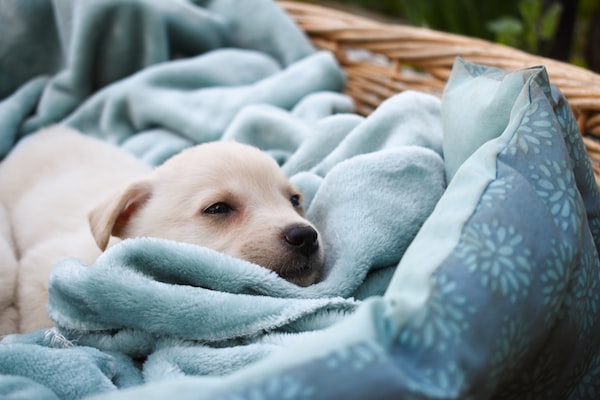Choosing the right food for your cat is hard, and there will be many things you need to ask yourself, how much food do cats need? Can cats eat raw meat? What food can cats not eat?
This guide will answer all the common queries you might have when it comes to feeding your cat and will help ensure that whatever you give them is the best option for supporting their overall health and well-being. Read on to find out more!
Table of Contents
What Can Cats Eat?
Cats being obligatory omnivores, require protein from animals to survive. This means sourcing food suitable for your cat’s age, breed, and health.
Commercial foods like dry kibble or wet canned food, as are various kinds of raw and cooked meat, are acceptable. However, veterinary specialists should handle raw meat with care and advice.
Some meats that are worth considering are:
Chicken: A common ingredient in many commercial cat foods. It is a great source of protein, vitamin B, and minerals such as phosphorus and magnesium.
Turkey: Like chicken, turkey is a great source of protein and provides essential nutrients for cats.
Fish: A great treat, especially oily fish such as salmon, trout, or tuna. All of these are excellent sources of omega-3 fatty acids, which are important for skin and coat health and brain and eye development.
Beef: Another great source of protein, it is full of essential nutrients like iron, zinc and vitamin B12.
High-quality meats are great to include in a cat’s diet. However, they must be given in moderation as the high-fat contents can make them dangerous for cats. It would help to consider any bones that may cause a choking hazard.
Lastly, in addition to meat, cats also require a source of taurine, an amino acid that is not produced in their bodies and must be obtained from the diet. Commercial cat foods might include this, but it’s worth checking the packaging.
What Can Cats Not Eat?
Picking new foods to give your cat can be exciting yet dangerous. There are many household foods that you might think are okay to feed your cat, but in fact, could be very dangerous, some of which include:
Chocolate: Contains theobromine which can lead to heart problems, tremors, seizures, and in worst cases, death.
Grapes and raisins: Can cause kidney failure in cats.
Onions, spring onions, shallots, and garlic: Contain compounds that can damage the red blood cells and cause anaemia.
Dairy products: Many cats are lactose intolerant, and consuming dairy products like milk, cream, and butter can cause upset stomachs, vomiting or diarrhoea.
Fatty foods: These can cause pancreatitis, a painful inflammation of the pancreas. Examples are foods like cheese, fatty cuts of meat, and biscuits.
There are many more toxic foods for cats, but these are some of the most common ones. Be sure to avoid any traces of this in their food and not give it to them as a treat.
How Much Do Cats Need?
The food a cat will need depends on various factors, including age, weight, activity level, and overall health. Generally, indoor cats need about 20 to 30 calories per pound of body weight per day, and outdoor cats who tend to exert more energy will typically need more.
Overfeeding is a common problem with cats, so paying careful attention to how much you give them and what you give them is important. Obesity in cats can lead to serious health problems like joint pain, diabetes, and repository issues.
Feeding your cat two or three small meals daily is a better rule of thumb than one large meal. This will help stop them from begging throughout the day, as they can expect a meal at each point. It also helps when monitoring how much they are eating per day.
Combine this information with the correct choice of cat food, and your cat will be en route to a strong, healthy diet.
Consult With Your Veterinarian
Should you have any concerns or worries about what you should be feeding your cat, you should always report straight to your local veterinarian, who will be happy to help provide answers and help, whatever it may be.
The professional opinion will always be the safest route to go down, so if you are making extreme changes to their diet, it is best to check it through them first.
In Summary
Cats have various dietary requirements, and it can take time to gauge what and how much to feed them when the time comes.
Hopefully, this guide has given you a quick insight into all the best approaches to feeding your cat and what food is best to avoid, ensuring that your cat lives a long, happy life.










